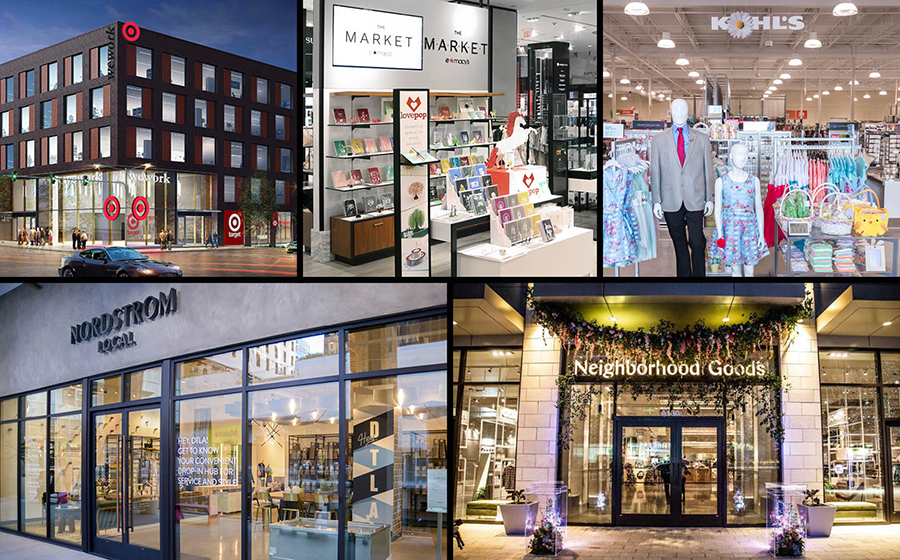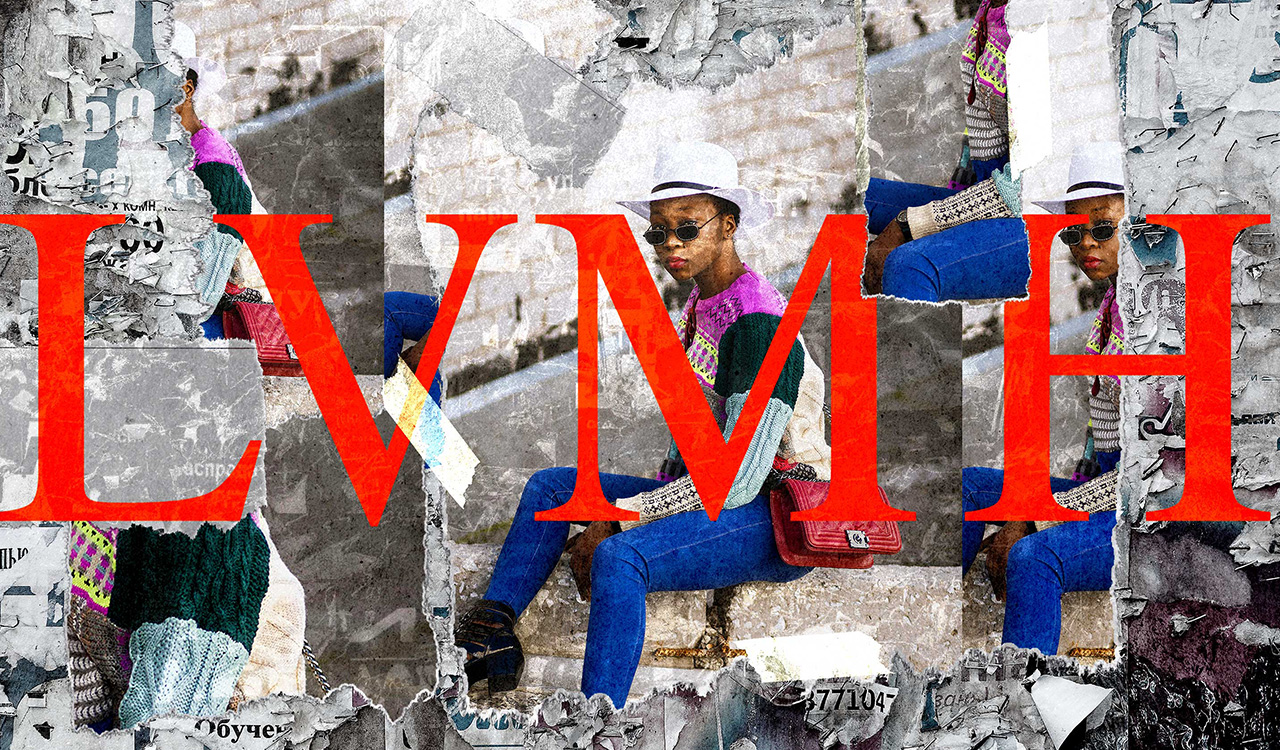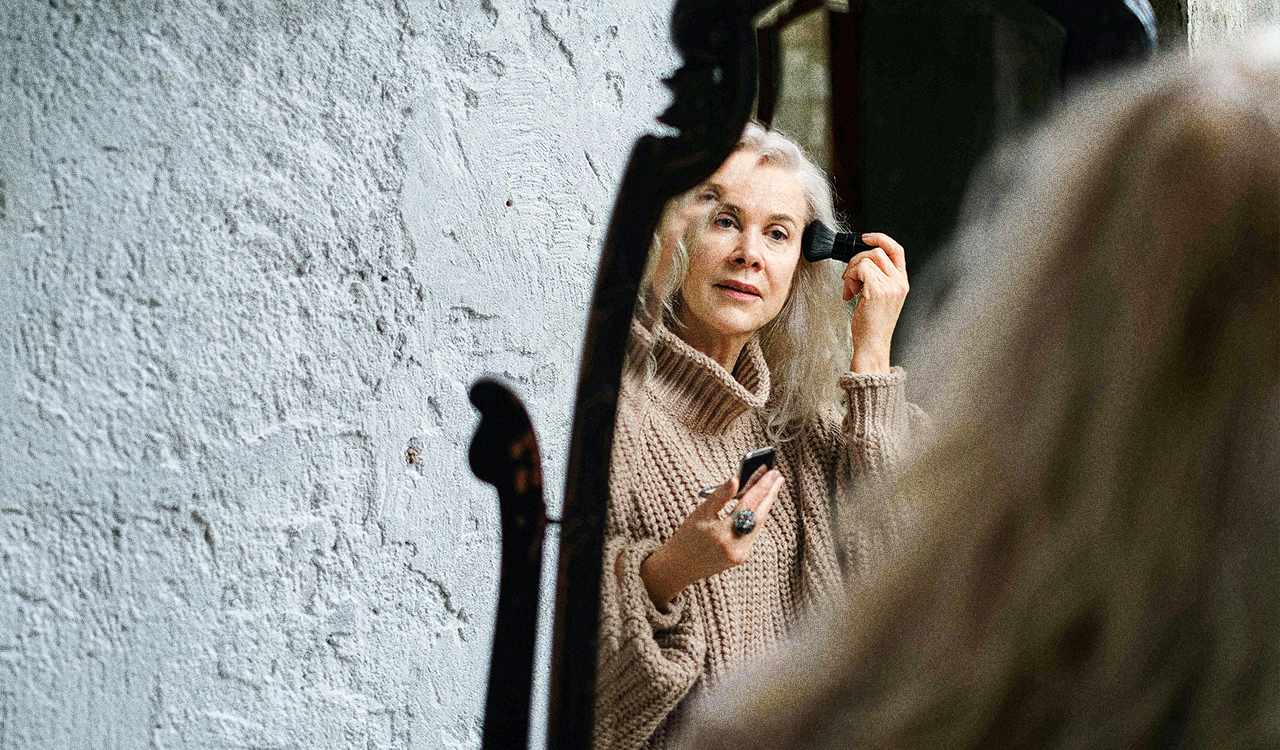Three clicks on your mobile device or laptop will deliver (most often for free) whatever you want the same day, or in a day or two, wherever you want it sent or to be picked up in a place near you. And the order can be placed wherever you are – in your bedroom, bath or living room, on the beach or on a boat. There is no store or place that you must travel to. All stores and marketplaces, worldwide, are packed into the devices just in front of you.
Blah, blah, blah … nothing new here. But here\’s some interesting context: What if you want to go to a physical place to browse around, hunt for something new, touch and feel stuff, smell food cooking, hear some music, watch streaming videos or to enjoy an experience of any kind that can\’t be had on your device?
While these real-world experiences cannot be appreciated online, young consumers (the only ones who really matter, as their elders fade away) now demand both the sensate experiences offline, as well as a similar level of convenience that they get online. So, if the online journey is satisfied with the convenience of a few clicks, how will the brick-and-mortar guys satisfy the convenience demand, to say nothing of delivering an exciting outing for young people?
Welcome to the Neighborhood
Hey! An easy answer. Bring it to the \”hood.\” Yes, build out small neighborhood stores and/or pop-ups, and/or shared available local spaces. And this is exactly what some of the giant players are doing, with others still in test mode. By the way, this strategy is not just about shrinking the size of existing stores.
It\’s about finding neighborhoods heavily populated with the brand\’s core and/or targeted consumers. This is how Target\’s small store expansion onto college campuses and into urban neighborhoods fulfills the convenience demands of the next gens. Furthermore, through AI and data mining, a neighborhood retailer can maximize productivity by assorting the smaller space precisely with locally preferred goods. Target has about 100 of these stores which are about a third of the size of their large formats. And they are planning on opening about 30 per year over the next few years.
Macy\’s and Kohl\’s are testing smaller neighborhood formats in which they would localize their assortments but would also fill freed-up space with other products and/or services. Macy\’s is imagining expanding its Starbuck\’s locations, adding other food and beverage services. It is also expanding its highly successful Back Stage off-price model, creating mini-fulfilment centers and even partnering with other retailers and brands, similar to its current The Market@Macy\’s, as well as continuing to evolve its recently launched STORY concept, which is just the beginning of creating additional STORY-like concepts.
Kohl\’s is also reformatting their model into smaller neighborhood stores; think eventually branded specialty stores. It should be noted that Kohl\’s original strategy in the early 1990s was placing their stores in \”working-mom\” neighborhoods, targeted to women who did not have the time to go to and shop through the malls 20 miles away. They are also shrinking unnecessary space for current assortments and have partnered with Amazon, Weight Watchers, Planet Fitness and are testing with Aldi grocers. They too will be localizing assortments and quick in-and-out concepts, such as self-checkout kiosks.
Nordstrom is expanding its unique neighborhood concept called Nordstrom Local. It\’s a visionary move, responding to a demanding youth culture. Boldly innovative and counter-intuitive, there is no merchandise in-store. It is a small (3000 square-feet), fun, personalized experience. It\’s a quick-and-easy neighborhood destination where you can enjoy a full beverage menu including California-sourced beer and wine, cold-pressed juices from Pressed Juicery and crafted espresso drinks from Nordstrom\’s Ebar.
Oh, yes, you can also get a manicure.
While enjoying a beverage, customers can lounge comfortably in a meeting space where they can chat with their Personal Stylist experts, who, equipped with digital \”Style Boards,\” can create personalized fashion recommendations, which shoppers can view on their phones and purchase directly through Nordstrom.com. Alternatively, the Stylist can find the items in other local Nordstrom stores and have them delivered to the customer\’s home on the same day – if ordered before 2:00 PM. The Personal Stylists can also interact with the customer, wherever they may be, and provide fashion advice through a Nordstrom Local app. A Nordstrom Personal Stylist can help customers with everything from fashion advice and a whole new wardrobe, to finding the perfect gift for any budget. Customers can make an appointment with a Stylist online, over the phone or in person. The Local is designed to be a fast, fun, zero-pressure and frictionless experience. If the customer pre-orders online, they can either pick-up curbside or come into the store and try on the items in one of the eight dressing rooms surrounding the styling suite. If in need of alterations, a tailor is on hand.
Finally, a new neighborhood startup concept, Neighborhood Goods, just won the \”Best Alternative to a Department Store\” in Dallas\’ D Magazine\’s Best of Big D 2019 Issue. Having launched in Dallas, they are planning to open in New York this year. While some are calling it the \”department store of the future,\” I would not make that leap. In fact, there are aspects of the model that resemble Macy\’s STORY concept and/or Market@Macy\’s, and its rotating themes and brands, many of them born on the internet. In fact, Neighborhood Goods describes itself online as \”featuring an ever-changing landscape of brands, products, and stories.\”
It launched in 2018 with its own bar and restaurant called Prim & Proper and over 30 brands including Stadium Goods, Buck Mason, MeUndies, Hubble, Primary, and more. And tennis superstar Serena Williams launched her new apparel line there. At about 14,000 square-feet, they also have a communal space for holding events. They have also partnered with Walmart\’s direct-to-consumer mattress brand Allswell, actress Reese Witherspoon\’s clothing line Draper James, and men\’s and women\’s wellness brands Hims and Hers and sneaker marketplace Stadium Goods.
What About Amazon?
Let\’s not forget Amazon. We know Jeff Bezos is a brilliant visionary who has built a quintessential, arguably unstoppable worldwide marketplace, a platform upon which anything or any service can operate – millions of products and brands, services, entertainment, media, other retailers and on and on. However, when it comes to acquiring or building out in the physical world of retailing, Amazon is struggling. Whole Foods is turning out to be a work in progress with no clear strategy, and it will never come close to Walmart\’s grocery dominance. Amazon Go is not going. Consumers don\’t like the experience and a 7-Eleven is less costly to operate than the heavily tech-infused, data mining machine that is more of a technology project than a better way to serve the consumer.
Amazon bookstores are…well, boring? And Amazon 4-Star is a nothing burger full of a bunch of disparate, puzzling stuff. A pillow next to a screw driver??!! Give me a break.
Maybe, Amazon is struggling to enter the physical world of retailing because Jeff Bezos doesn\’t have a physical retailing bone in his body, which I have accused other retail CEOs of, and who will go un-named here.
And just maybe, these small neighborhood store strategies will be another huge competitive advantage for the iconic giants and small specialty and/or startup concepts. One last note. By physically placing themselves within minutes of the consumer, they gain cost efficiencies and advantage over Amazon in \”the last mile\” distribution conundrum.
I\’ve called this the \”Distribution Century.\” And so it is.




